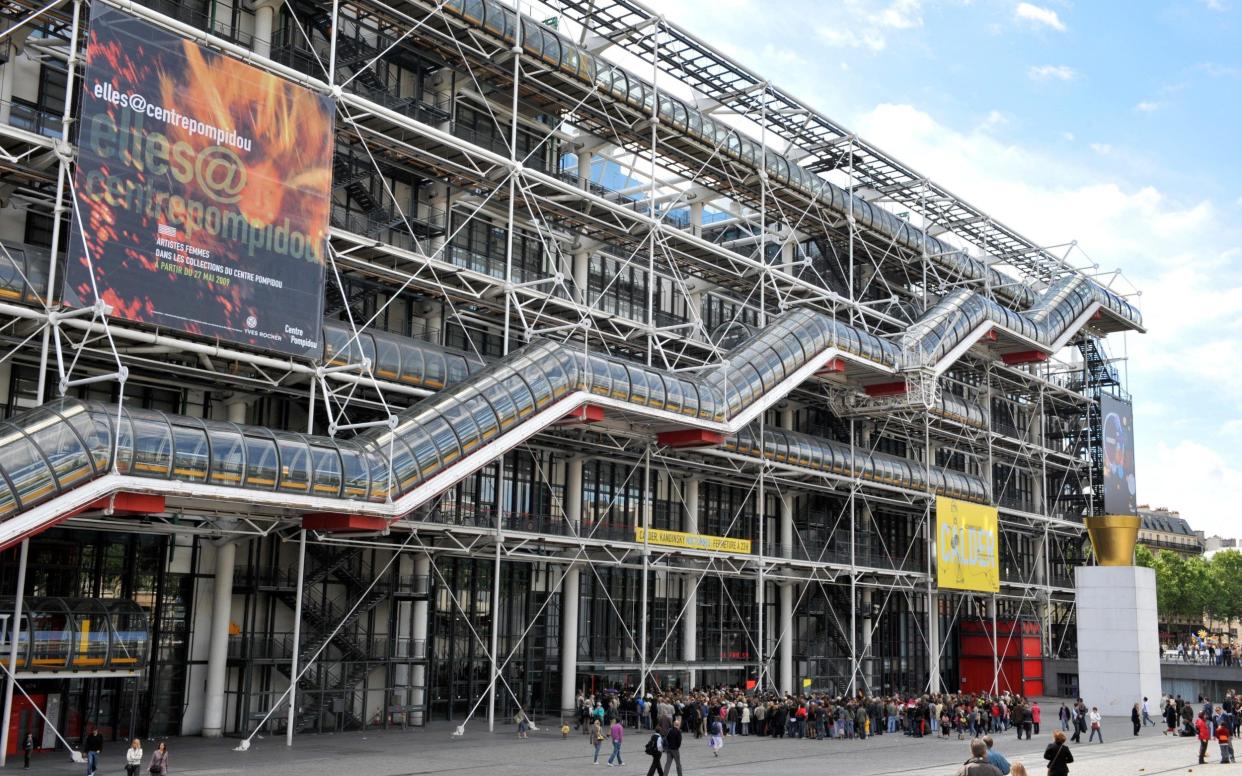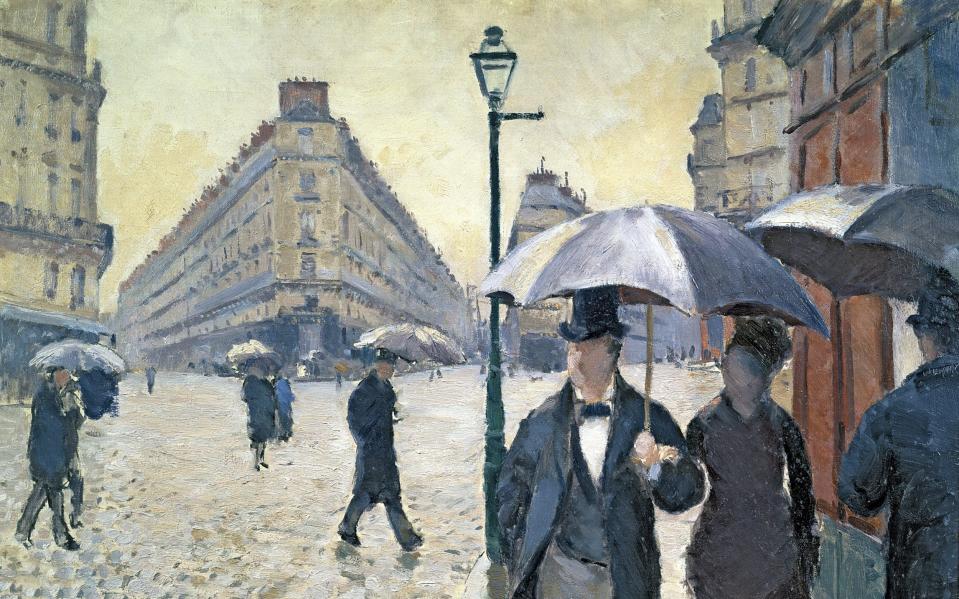Forget the Olympic chaos – this revolting eyesore sums up what’s wrong with modern Paris

When a book arrived called How to Enjoy Architecture: A Guide for Everyone, by Charles Holland (Yale, £14.99), my curiosity rose. I first realised I was interested in buildings when a small boy: initially, inevitably, entirely superficially when it came to likes and dislikes, but eventually, as I learned something about taste, quality and functionality, I started to look at buildings critically. I am perhaps unsuited for Holland’s book: he says that architecture is often “experienced through a blur of habit”, by which he means we do not look at buildings closely enough, or think about them and how they do what they do. I take ages to walk anywhere because I scrutinise buildings intensely, rather as those devoted to painting stare at pictures in art galleries. However, I am a hard case, and for those who aren’t this book may be an eye-opener.
The author is an architect himself. He divides his book into six sections, dealing with different aspects of building – style, composition, space, materials, structure and use. To the casual observer wishing to intensify his or her architectural gaze, the first of those categories is easy to understand, though this book does not list all the styles, and Holland argues against considering them in a “linear” fashion, because of various revivals. Think of those neo-Georgian houses on 1970s estates, or – to cite a high-end example that Holland gives, and admires, the “Wrenaissance” architecture in Cowley Street, Westminster, where early in the last century Horace Field built a Queen Anne revival house that Holland terms “an example of architecture as sophisticated scenography”. To 21st-century eyes this interpolation of a revival style works well not least because it is in an area of Georgian houses. Though not of its surroundings, it fits in with them.
Holland – perhaps because of his profession – is indulgent of some of the jeux d’esprit of his fellow architects, when they are trying to show off how clever they are. It is one thing to put (as the married couple Michael and Patty Hopkins did in the 1970s) a house made out of steel and glass in the middle of Hampstead, where it may conflict with but does not overshadow its neighbours.
But another building he praises, the Pompidou Centre in Paris, by Renzo Piano and Richard Rogers, is simply offensive in its location in a city so meticulously planned by Haussmann. Holland argues that “contemporary buildings are as much equipment as they are structures” and that putting the infrastructure of a building on its outside rather that within is a good way to update them easily. While admitting that many Parisians still dislike the building, likening it to “a nuclear power station in mid meltdown”, Holland thinks it “stylish” because the “flamboyance of its elements” – the bright paint on the exterior pipes, for example – pays homage in some way to the history of architectural style.
As with all forms of art, taste is a matter of personal choice: to Holland this revolting structure is “a tour de force, an absurd dream-like object, an utterly fantastic contraption.” Actually, it is a building, forcing itself upon anyone who goes near it: that is the problem.

His section on composition explains how a building is laid out; the one on space is pretentious claptrap; “Materials” explores how commodities available today change how buildings are put together, a point elaborated in the “Structure” chapter. Steel frames and concrete can enable a vast structure to be put together that was impossible before the late
19th century.
And finally, there is the question of use: does the way a building is built improve its function, or hinder it? It is worth reflecting, for a moment, on all the buildings we saw put up in the 1950s and 1960s, or even later, that were so dysfunctional that they have long since been pulled down: I am thinking especially of some public housing, which turned out little better than the old slums it replaced. Did the architects who built some of them ever think what it might really be like to live in them? I have often thought not; but Holland takes a more idealistic view of his profession.
Architecture now is not so much a battle of styles, as of ideologies.

